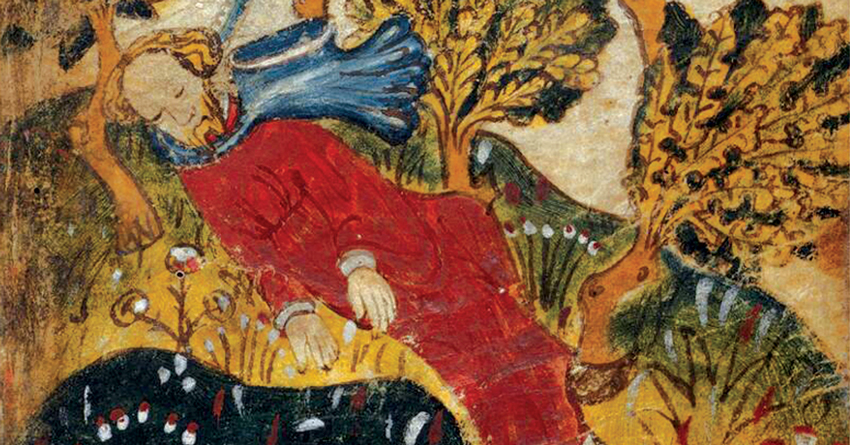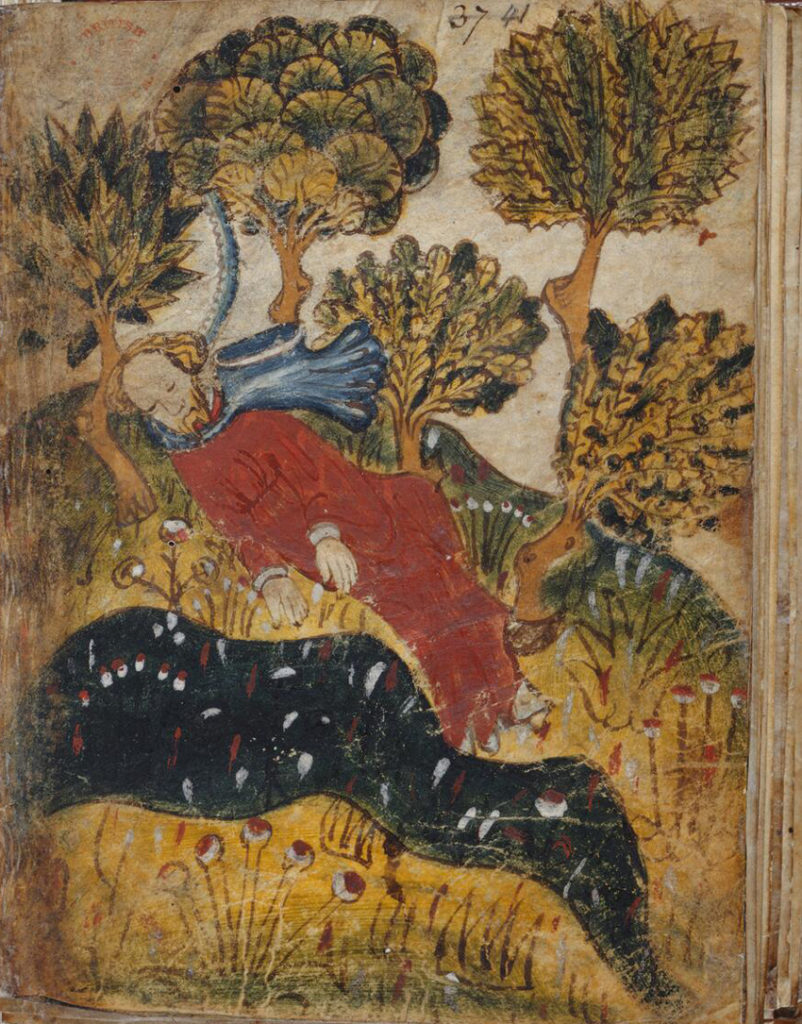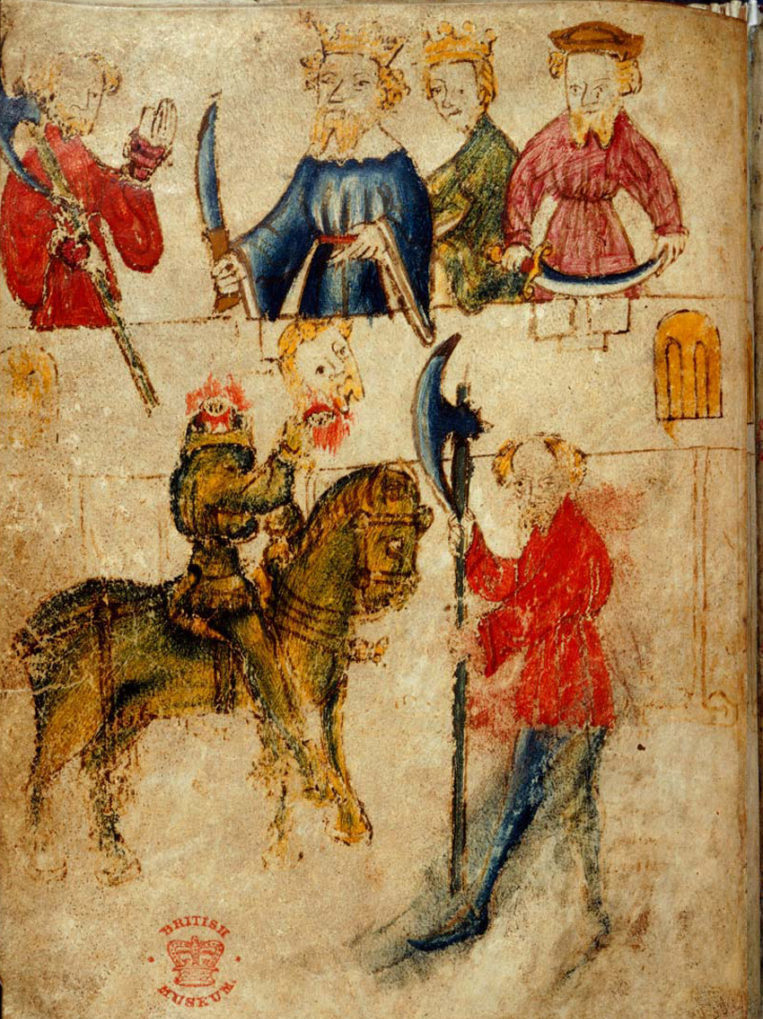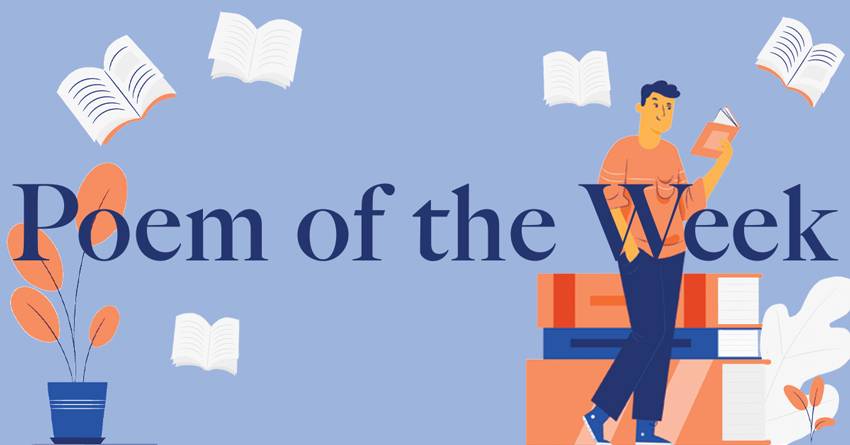First penned in the 14th-century, the poem has influenced many remakes over the years, including the latest epic fantasy adventure film The Green Knight, starring Dev Patel, released in July 2021.
Sir Gawain[…] embarks on a daring quest to confront the eponymous Green Knight, a gigantic emerald-skinned stranger and tester of men. Gawain contends with ghosts, giants, thieves, and schemers in what becomes a deeper journey to define his character and prove his worth in the eyes of his family and kingdom by facing the ultimate challenger.
A24 Films
What Is the Green Knight Based On?
The Green Knight film is based on one of the oldest and finest representations of Arthurian Romances, Sir Gawain and the Green Knight.
The legendary tale of King Arthur and his Knights of the Round Table is one of the most famous folk tales in history, with Merlin the Wizard and the virtuous Sir Lancelot being known and loved by young and old alike to this day. Slightly less celebrated, however, is The Green Knight, who first appeared in the 14th-century Arthurian poem Sir Gawain and the Green Knight.
‘No other knight of the Round Table occupies anything like so important a place as Gawain in the literature of the middle ages.’
William Allan Nielsen
Sir Gawain and the Green Knight is a late 14th-century Middle English chivalric romance. The original manuscript is part of the collection of Robert Cotton (1571-1631), which until the 18th century was stored in Ashburnham House. In 1731, a fire ripped through the house damaging and destroying many of the manuscripts – the famous Beowulf manuscript was singed at the edges. The Gawain manuscript escaped a similar fate, making it especially precious.
The original manuscript of Sir Gawain and the Green Knight, officially named Cotton MS Nero A X, is now housed by the British Library.
The Story of The Green Knight
The story begins in Camelot on New Year’s Eve. King Arthur and his court are merrymaking when a monstrous figure rides into the hall. The mysterious green man, who wears no armour and bears only an axe and a bough of holly, proposes a Christmas Game: he challenges the bravest knight to strike him once with his axe on the condition that he may return the blow in a year and day.
Unphased by the stranger’s challenge, the valiant Sir Gawain (King Arthur’s nephew and youngest of the knights) steps up to the challenge and strikes a fatal blow on his opponent, beheading the green giant. Instead of falling to the ground as expected, the Green Knight stands up, collects his severed head from the floor and bids farewell until next year. For the next 366 days, Gawain must keep his promise and face his deadly component once again. A challenge that will prove a true test of his chivalry and virtue.
Who Is the Original Author of the Green Knight?
The author of the original story, Sir Gawain and the Green Knight remains a mystery. Dated to the 14th-century, the unknown author has been named by scholars as Gawain Poet or Pearl Poet. Penned in Middle English, the poem is written in stanzas of alliterative verse which all end in a rhyming bob and wheel, a style attributed to the unidentified author. Three other works were found inside the original manuscript with Gawain, named Pearl, Patience, and Purity. They are often considered written by the same poet, however, there isn’t any hard evidence linking the pieces other than their similarity in dialect, verse form and diction.
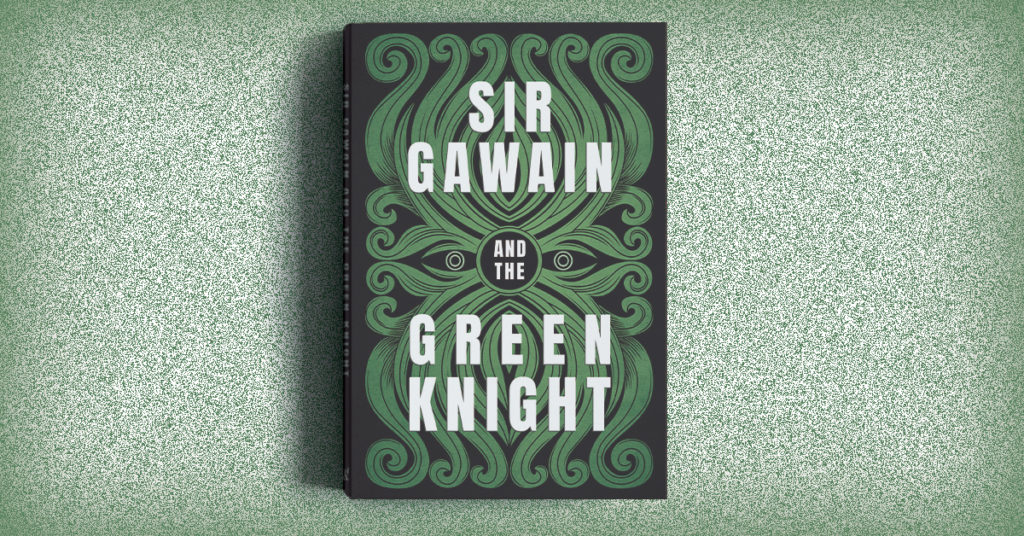
What is the main theme and symbolism of Sir Gawain and the Green Knight?
The work of Gawain Poet is rife with symbolism much like other folkloric poems of the time. The temptation fable, quite common in medieval literature, assembles a series of tests of moral virtue for the main character, where success often brings immunity and good fortune.
The main theme that runs throughout the tale is one of temptation and testing with Gawain facing the ultimate test of his chivalry. It is imperative to Gawain’s survival that he passes the tests he is presented with, and through his unknowing and instinctive courtesy, he succeeds. His virtue is only broken when his survival instinct appears stronger than his honour.
Due to the Arthurian nature of the tale, many conclusions can be drawn from the other themes present in the story: the presence and power of nature, the colour green, and so on. All factors allude to the higher moral message of the greatness found in chivalry and virtue.
Find out more about the new film The Green Knight here.
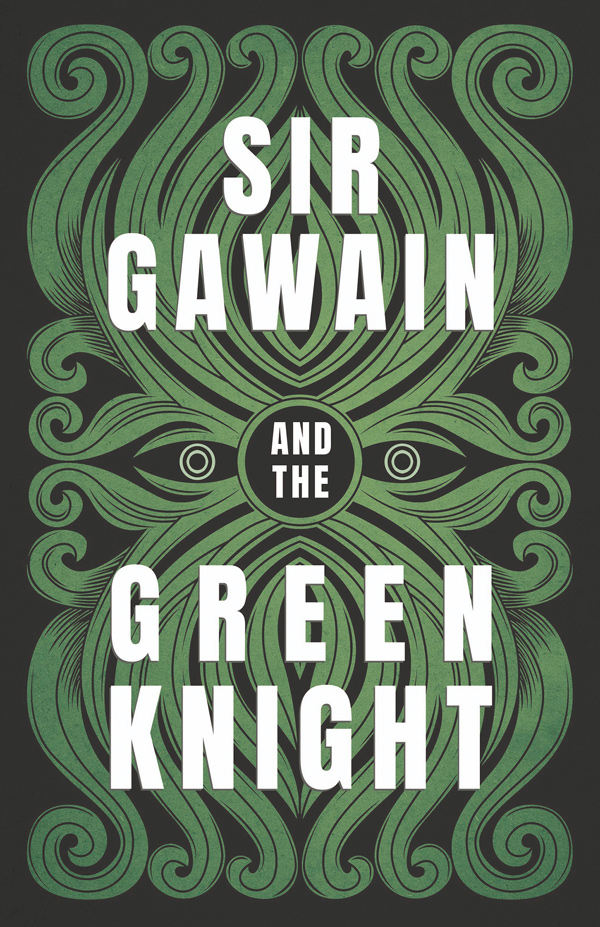
Sir Gawain and the Green Knight – The Original and Translated Version
One of Arthur’s greatest champions, The Green Knight is both a judge and tester of knights, looked upon by his peers as an amiable yet terrifying and mysterious personage.
This edition contains the original text together with an English translation by William Allan Neilson, making it a must-have for those with an interest in the famous Arthurian legend.
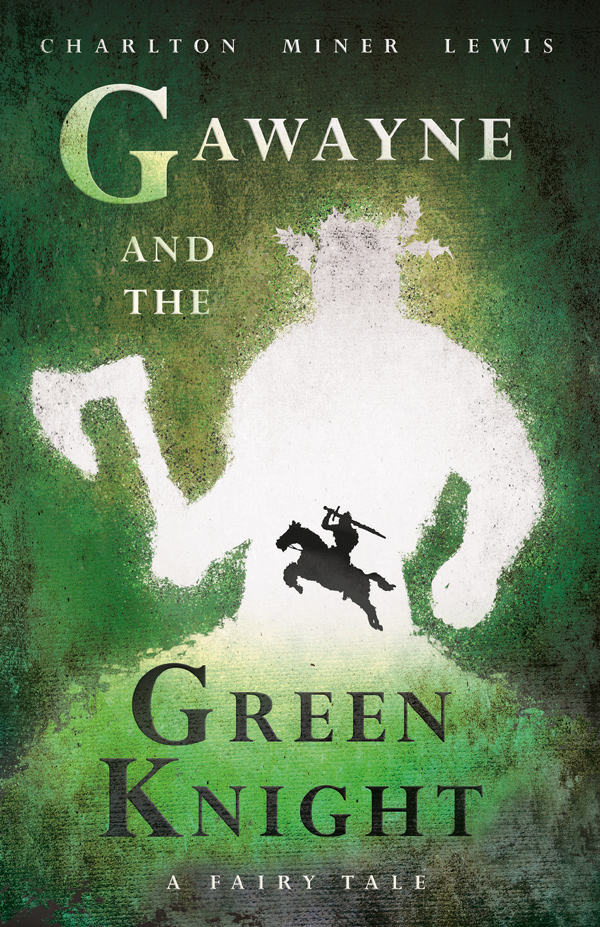
Gawayne and the Green Knight – A Fairy Tale
Housing a fantastic reproduction of the ancient tale rewritten for a modern audience, Gawayne and the Green Knight is a classic example of chivalric romance. The Green Knight goes on a quest that tests his prowess, virtue, and determination in the face of great danger.

